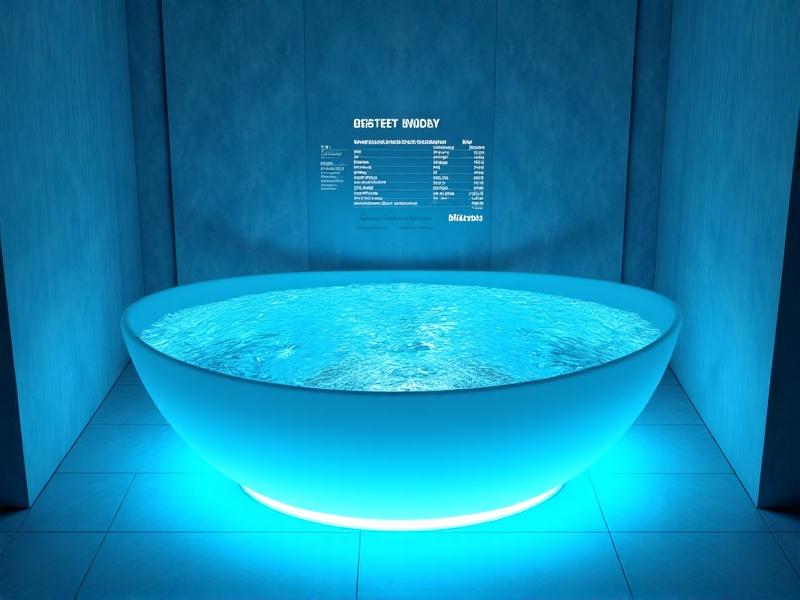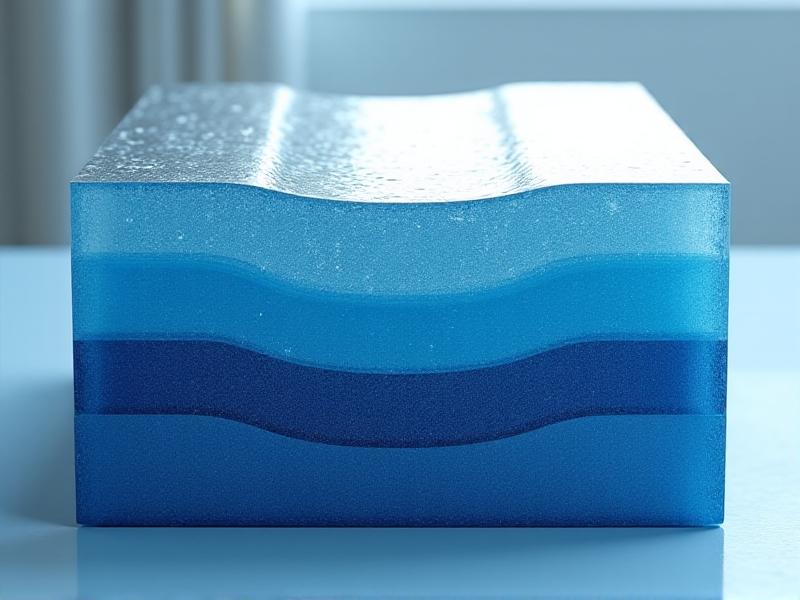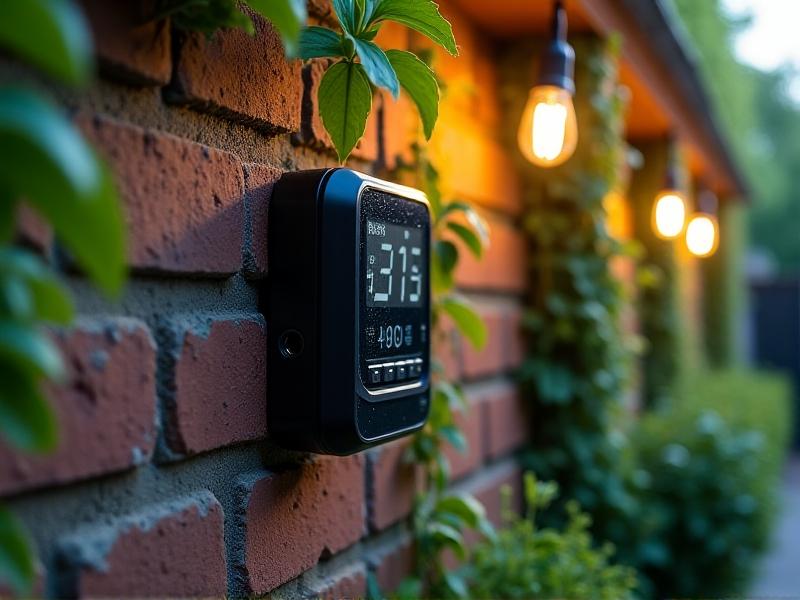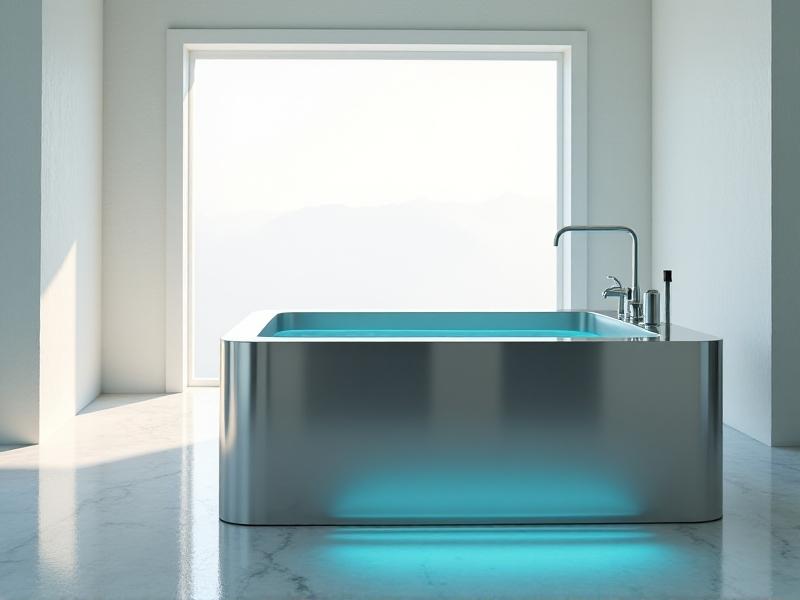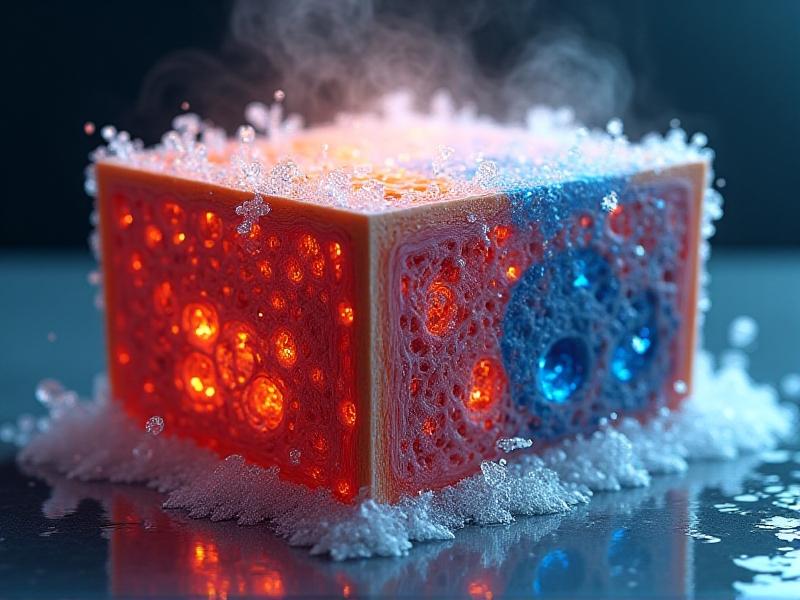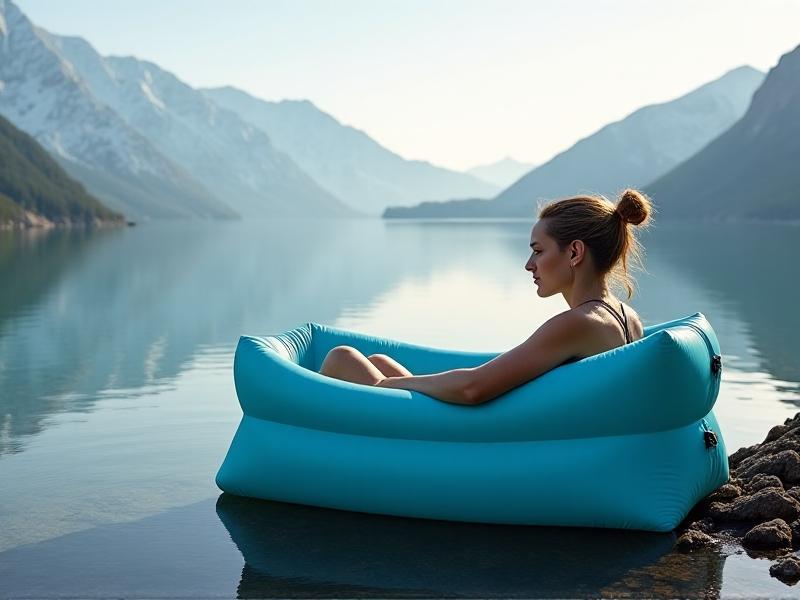Ice Consumption Calculators for DIY Baths
The Rise of Ice Bath Therapy and Why Ice Calculators Matter
Cold therapy has surged in popularity among athletes, biohackers, and wellness enthusiasts, with ice baths becoming a cornerstone of recovery routines. But achieving the optimal temperature—typically between 50°F and 59°F—requires precision. Too little ice and the bath becomes ineffective; too much risks safety. This is where ice consumption calculators come in, offering a data-driven approach to DIY ice baths. By inputting variables like tub volume and starting water temperature, users can determine exactly how much ice they need, eliminating guesswork and maximizing benefits.
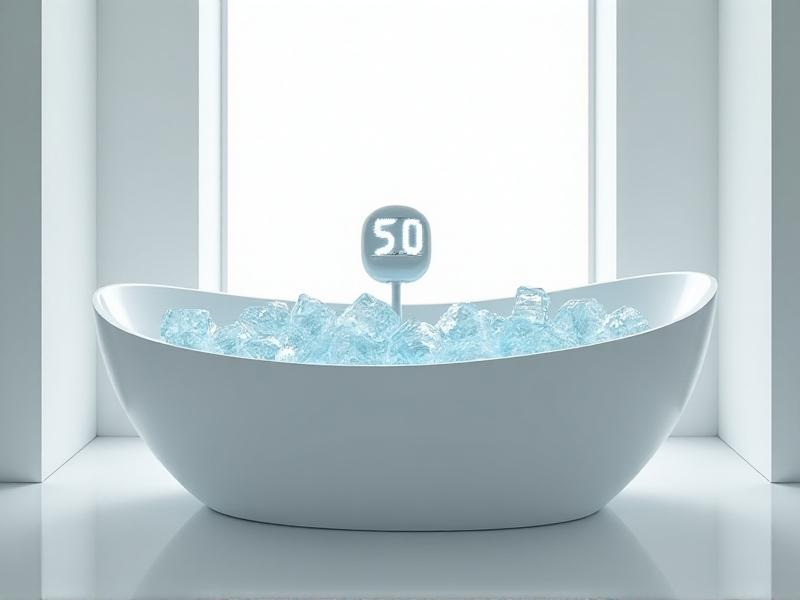
How Ice Consumption Calculators Work: Breaking Down the Science
At their core, ice calculators rely on thermodynamics. They factor in the energy required to lower water temperature from its initial state to the desired level. Key inputs include tub dimensions (gallons or liters), ambient room temperature, and the starting temperature of both water and ice. Advanced tools might even account for body heat displacement. For example, a 100-gallon tub starting at 70°F may require 40–60 pounds of ice to hit 55°F, depending on external conditions. By translating these variables into actionable data, calculators simplify the science behind cold immersion.
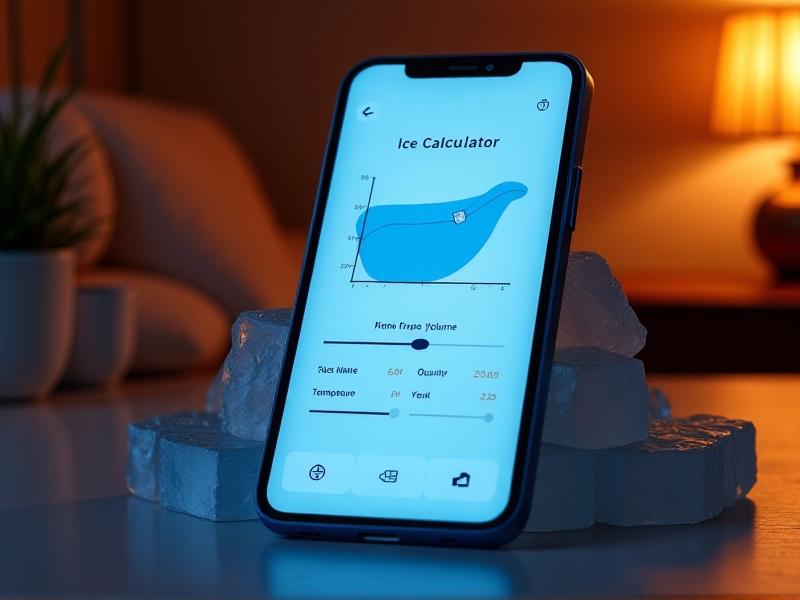
Step-by-Step Guide: Using an Ice Calculator for Your DIY Setup
Begin by measuring your tub’s capacity—use a gallon jug or check manufacturer specs. Next, record your tap water temperature with a thermometer. Input these values into the calculator, along with the ambient temperature of your room or outdoor space. The tool will generate the required ice quantity, often in pounds or bags. For a 70-gallon tub at 75°F, expect to use 30–35 pounds of ice. Always add ice gradually while circulating water to ensure even cooling. Pro tip: Pre-chill containers or use frozen water bottles to reduce melt time.
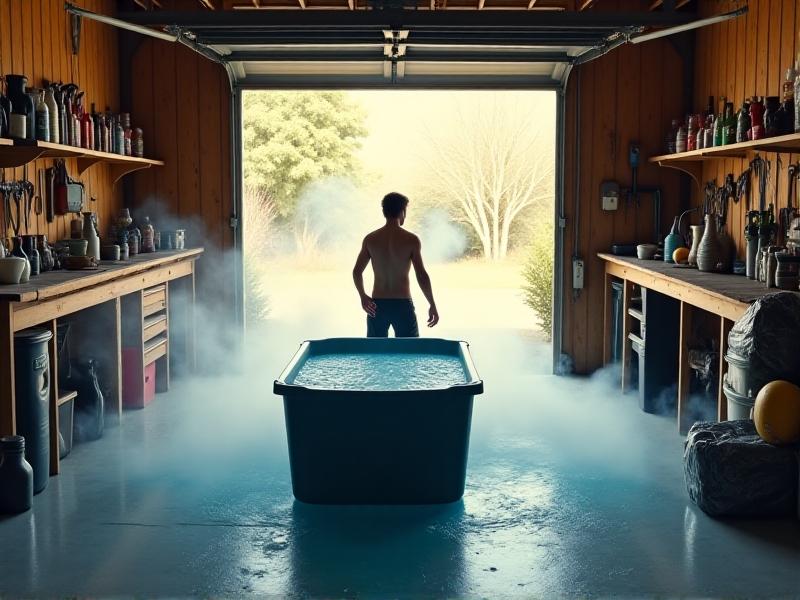
Maximizing Efficiency: Benefits of Accurate Ice Measurement
Precision isn’t just about effectiveness—it’s also cost-effective. Overestimating ice needs leads to wasted money and resources, while underestimating undermines recovery goals. Calculators help strike a balance, ensuring each session delivers consistent cold exposure. They also reduce trial and error, especially for irregularly shaped tubs or outdoor setups exposed to fluctuating temperatures. For frequent users, tracking ice usage over time can reveal patterns, allowing for bulk purchases or adjustments based on seasonal changes.
Safety First: Avoiding Common Mistakes in DIY Ice Baths
While ice calculators optimize results, safety remains paramount. Never exceed 15 minutes in sub-50°F water without professional guidance. Always monitor body signals—numbness or shivering means it’s time to exit. Calculators help avoid extreme temperatures, but pairing them with a waterproof thermometer adds a layer of security. For beginners, start at higher temps (55–59°F) and shorten durations. Remember: ice baths aren’t suitable for everyone; consult a healthcare provider if you have cardiovascular issues.
Future Trends: Smart Sensors and Eco-Friendly Ice Solutions
Emerging tech is taking ice baths to the next level. Bluetooth-enabled thermometers sync with apps to adjust ice requirements in real-time, while solar-powered ice makers offer sustainable alternatives to store-bought bags. Some companies now embed RFID tags in ice packs to track melt rates. Looking ahead, AI-driven systems could analyze biometric data (heart rate, muscle fatigue) to personalize ice bath protocols, merging recovery science with hyper-individualized wellness.
